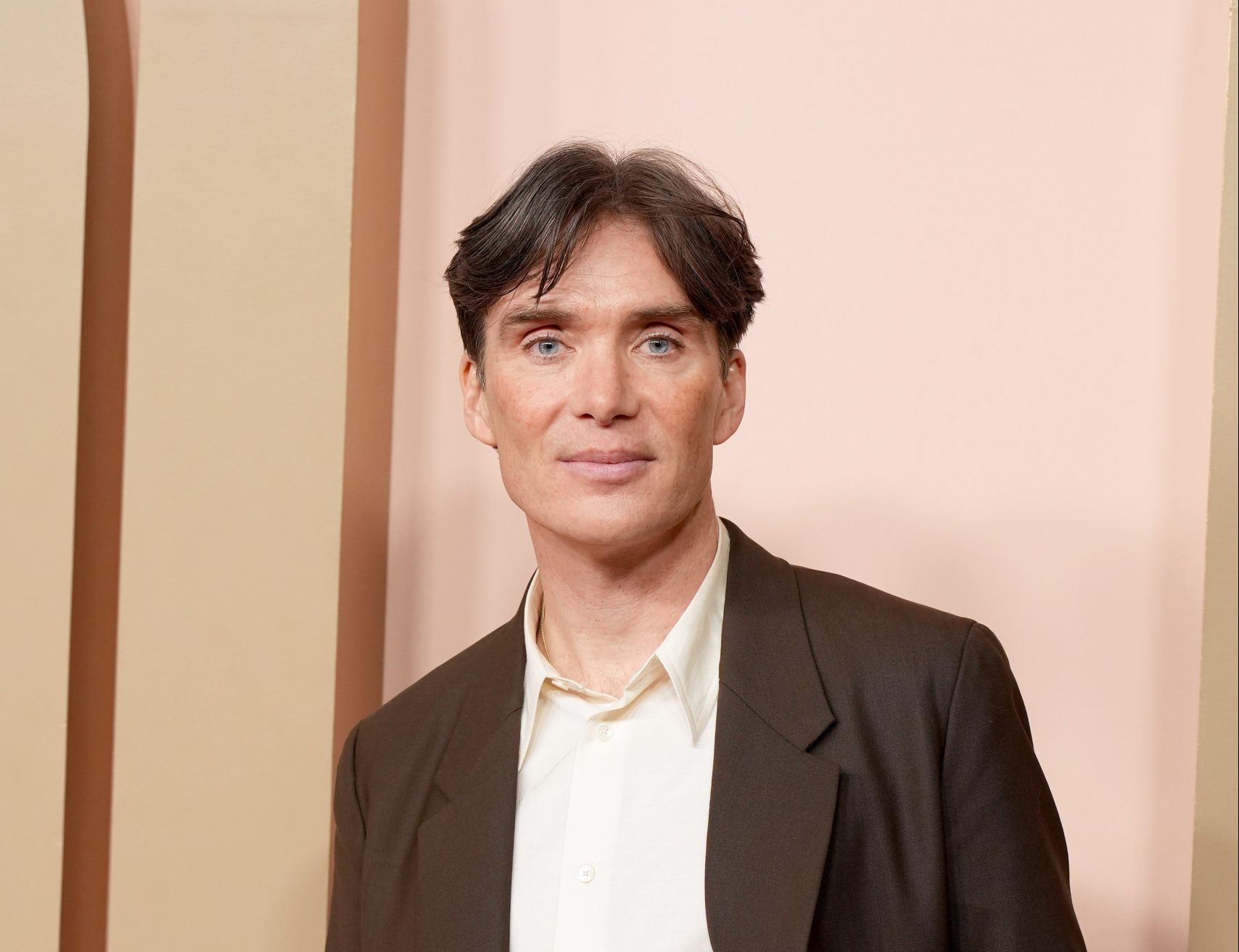Like it or not, we live in a society where consumerism plays a very important role in our lives. With new technologies, we are constantly exposed to a bombardment of information, news and announcements of new products.
But we shouldn’t blame everything on the present. Taking for granted that being surrounded by possessions makes us happier is a thought that has long been prevalent among the population. In the 20th century, that idea undoubtedly reached its peak.
With the passage of time, people have gradually realized that this conception of happiness is nothing more than a simple illusion. It’s common that the more things we have, the less happy each individual object makes us. We become more dependent on ‘more, more and more’ and often we forget to enjoy the non-material, such as nature, love, friendship… It is a concept that is not sustainable even for us, not for our planet .
The world is becoming more and more complex and that means that many people want to go back to the simple. For this reason, minimalist movements are becoming more and more successful. However, in cultures such as Japan, this type of flow has been very important for a long time. Today there are figures like Marie Kondo, who have become great references of this kind of philosophies.
For all this and because it is anchored in the cultural roots of the Japanese country, minimalism is the foundation of Kodo. On one occasion, Ikuo Maeda, former Mazda Global Design Director, now Senior Fellow Brand Design and creator of the Kodo design, When asked what is most characteristic of Japanese design, he replied: “less is more. First of all, any Japanese design should be simple and pure.”
The model is nature, closely associated with Japanese aesthetics. It is present in all aspects of life, be it in the traditional architectural style, in the annual cherry blossom show… and in many other aspects.
The concept mais closely related to all of this and refers to the value of the empty space. It is very common that the rooms of the Japanese are never very overloaded, and they carefully choose the elements of decoration. In the field of cars, this translates into avoiding overuse of objects and being able to create a space where you can enjoy what’s there and what isn’t.
The kaichois a complementary concept to Ma, that represents the harmony achieved by mixing different materials and textures, in such a way that they create a simple and refined space. Lighting is very important, which is why Mazda has opted for a very subtle, soft and indirect light in all its models. “Mazda’s philosophy is to do things naturally, easily and without distracting the driver. We strive to enrich the lives of the people who use our cars,” he says. Akira Tamatani, Head of Design for the Mazda CX-60.
Source: Marie Claire





